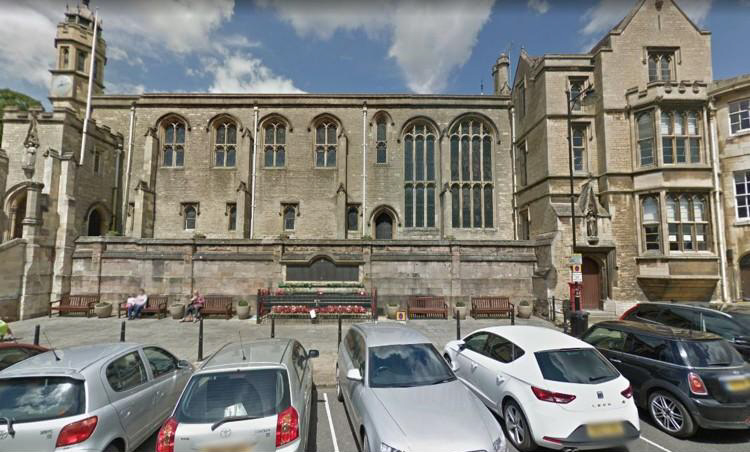

Browne’s Hospital
Browne’s Hospital is one of the best surviving mediaeval almshouses in England. Set around a beautiful cloister garden it was built in the late fifteenth century as a home and a house of prayer for ten poor men and two poor women.
The main hall had ten cubicles for bedrooms on the ground floor opening into a chapel for daily worship. In the nineteenth century the cubicle-bedrooms were replaced by stone cottages in the cloister but the mediaeval hall and hapel survive. The chapel, still in regular use, has magnificent stained glass windows contemporary with the building and a row of stalls with carved misericord seats.
On the first floor, above the hall, is the Audit Room with some impressive mediaeval furniture and stained glass. The oak table, over 5 metres long and clearly dated 1583, is where all the business of the Hospital was conducted.
The Warden was a clergyman as was his assistant, the Confrater. His sitting-room, appropriately furnished, is opposite the Audit Room.
Founded by William Browne, a wealthy wool-merchant, in 1475 the Hospital stands on an elevated site, originally the Claymount, close to the site of his house and in the parish of All Saints’ church which he refurbished.